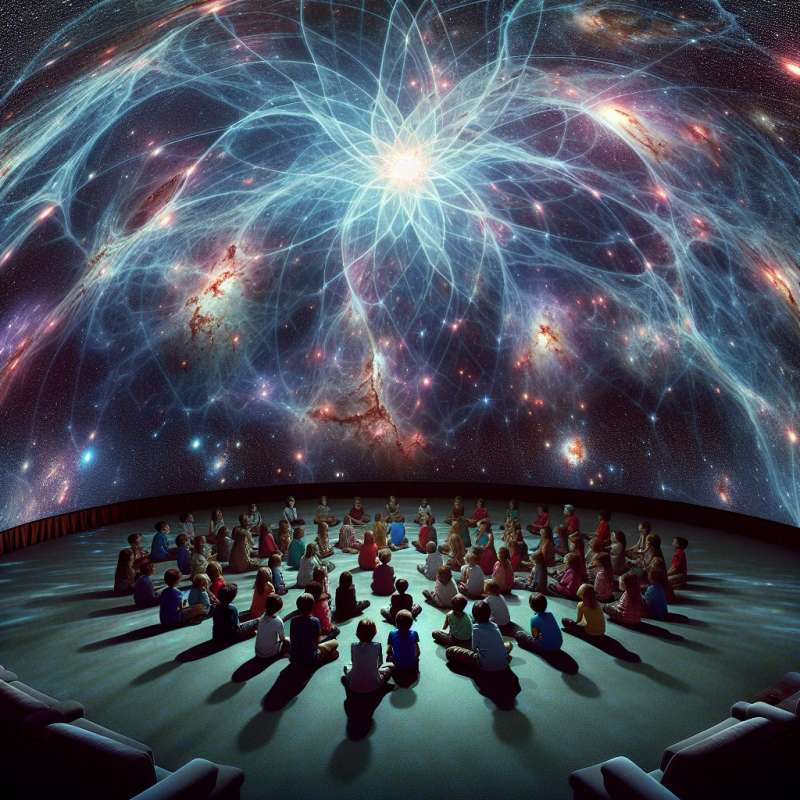
Understanding Scale
The universe encompasses all space and time, while galaxies are collections of stars within it. Our Milky Way is one of billions in the immense universe.
Galaxy Size Variations
Galaxies can range in size. Dwarf galaxies have a few billion stars, whereas supergiants like IC 1101 stretch over 6 million light-years across, dwarfing the Milky Way.
The Observable Universe
The observable universe spans about 93 billion light-years in diameter, which is the part of the universe we can see from Earth, not the entire universe itself.
Beyond Observable Limits
The whole universe could be vastly larger than the observable part. Some theories suggest it's infinite, but we can't see beyond the cosmic light horizon.
Galactic Superclusters
Galaxies group into clusters, which form superclusters. The Virgo Supercluster, containing our Milky Way, is just a tiny part of the Laniakea Supercluster.
Cosmic Web Complexity
The universe's large-scale structure resembles a web, with galaxies clustering along filaments surrounding great voids, revealing a complex, interconnected cosmic architecture.
Universe Expansion Mystery
The universe is expanding at an accelerating rate, a phenomenon attributed to dark energy, a mysterious force making up about 68% of the universe.
What encompasses all space and time?
The Milky Way
Galaxies
The universe
Company